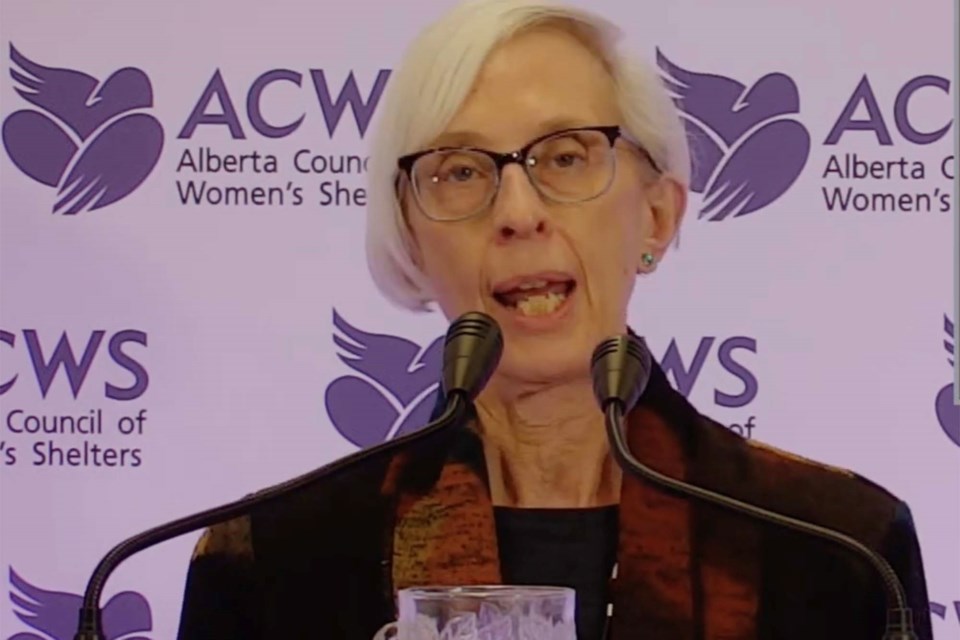Alberta’s rural women’s shelters were stretched thin during the pandemic, with many facilities acting as the sole service providers in communities after COVID-19 shut down other social programs.
Alberta Council of Women’s Shelters (ACWS) director Jan Reimer said during the pandemic smaller communities had to rely more on shelters for social services due to shutdowns and overloaded hospitals
“One of the things we heard from some of our rural shelters is that even hospitals were sending women to the emergency shelters and the shelters just didn't have the staffing or expertise, but the shelters were overloaded or the hospitals were overloaded,” Reimer said.
The director said these shelters were expected to provide medical care or support for addictions and mental health.
Often in rural communities, women must travel to larger cities to get support because small rural communities don’t have a place for women to stay.
“It’s really hard to uproot your kids and your family and go to another community,” Reimer said
In rural communities women can be at an even greater risk because it takes the police much longer to respond to a call, and sometimes they lack the general knowledge about domestic violence if they don’t have a shelter in their community that provides public information.
When rural woman are ready to leave their perpetrators, they often face challenges with transportation, as many communities don’t have public transit.
When the Greyhound bus service ended its routes in rural Alberta, transportation to other communities became even more difficult for rural residents to get supports in other communities.
“Rural transportation has been a challenge for many, many decades,” Reimer said.
Women would use the bus to get to court, to access medical appointments, or to find appropriate housing, but now that the bus line has disappeared, many women are left without a way to get to their supports.
And if women can get to another city to access social housing, often it can be difficult to find a place to stay, as many communities have a residency requirement where women are required to live in the community to access their social housing.
“So, if you've relocated from a reserve or a small community, you may not meet that residency requirement, even though you may really need social housing,” Reimer said, adding that other provinces have mandated women fleeing violence be given priority for access to social housing, although that is not the case in Alberta.
Rural women may also be at greater risk of being threatened with a weapon, and according to the year-end report put out by the ACWS, rural perpetrators of domestic homicide in Canada are significantly more likely to use a gun (46 per cent) to kill their partner compared to a knife (21.2 per cent) or any other weapon.
Guns in Alberta pose a risk for women and Reimer said as Albertans buy more guns, women are at a higher risk of those firearms being used against them.
“The risk of a femicide is greater should a partner own a gun, and this has been born out in Canada and the United States generally,” Reimer said.
Across Alberta around one woman per day is threatened with a gun, Reimer said.
Of the 1,155 women who completed the danger assessment tool, 29 per cent of them had been threatened with a lethal weapon or had a lethal weapon used against them.
Across Alberta 13,605 women were turned away from shelter services this year, while another 66,687 were able to access the services they needed.
Reimer said turn-aways can happen for many reasons, including lack of shelter space; limited shelter space due to public-health restrictions; or an inability to provide the requested services of a caller.



